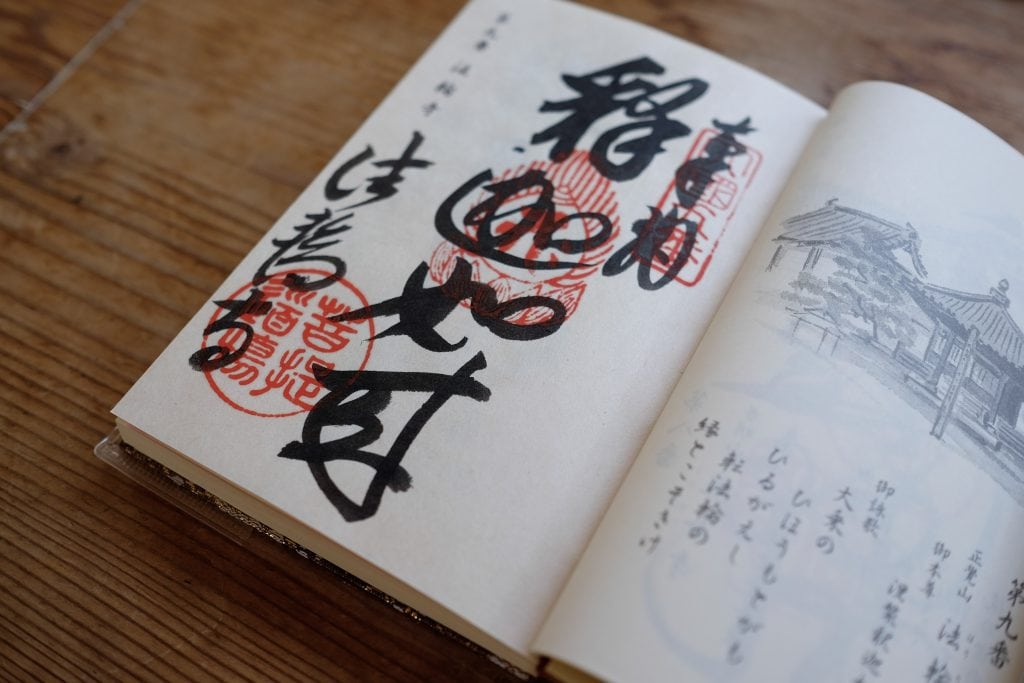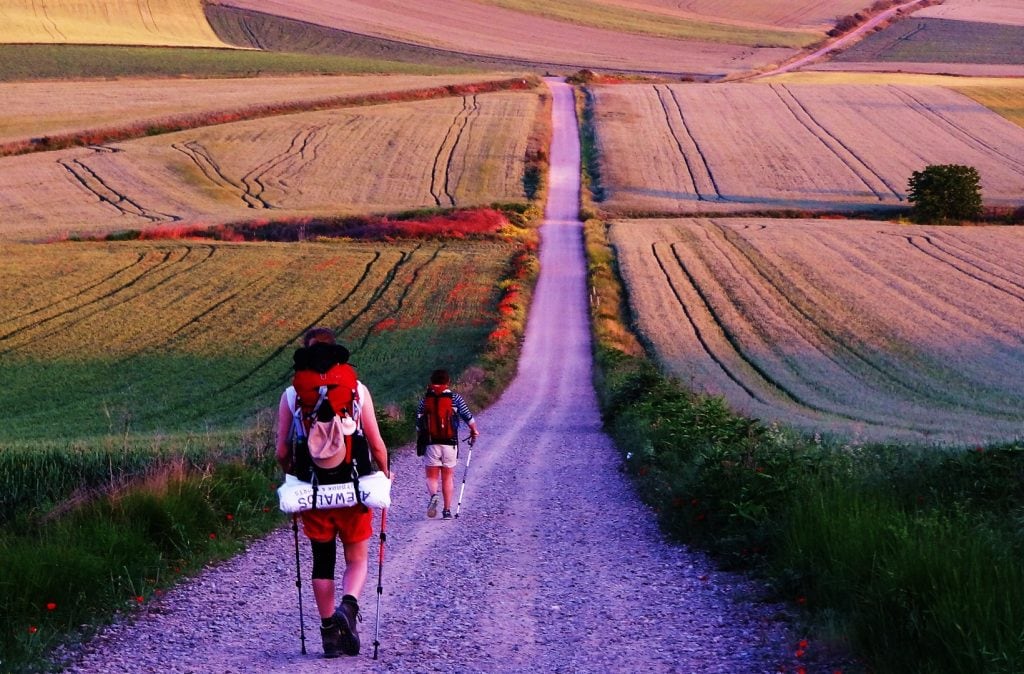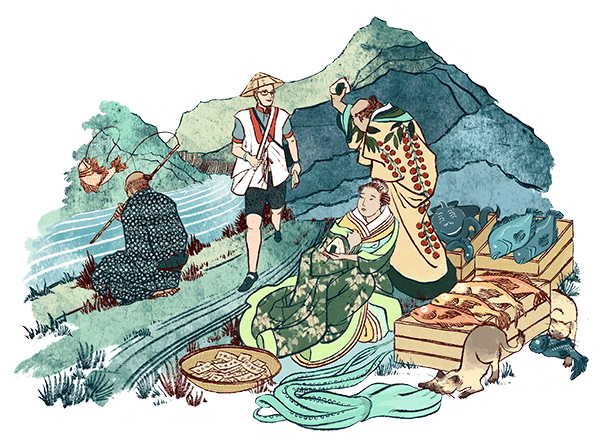Kaihōgyō (回峰行) (“circling the mountain”) is a 1000-day pilgrimage spread out over seven years that is practised by the monks of Enryaku-ji temple on the side of Mount Hiei, overlooking Kyoto. Read more
Author: David Gilbert
Blame for ‘bad tourists’ to Japan lies with the advice they never receive
“What do you think of the influx of foreign visitors coming to Japan?” I was asked by a Japanese TV director. Apparently, one person she’d asked distinguished between two types of tourists: good ones and bad ones. “We’d like to encourage only the good ones to come,” this person had reportedly said.
Read more (via The Japan Times)

Shikoku Henro Survey 2017
The weeks (and sometimes months) of our lives on Shikoku, left an indelible impression on us all. But the walk is a solitary endeavour. What did we learn collectively? And how can these learnings help future Henro, the residents of Shikoku, and Henro Alumni everywhere?
In June, we conducted a survey to learn more about people’s motives and experiences as henro.

Stories from Shikoku: David’s Journey
Prior to embarking on the pilgrimage, I had a stressful job in Tokyo that I was no longer enjoying and causing a downward trend in my well-being.
I had first heard about the pilgrimage a couple of years prior but had filed it away in the back of my mind without serious consideration. Once I decided to extricate myself from the work situation, it didn’t take me long to decide that I wanted to go for it.
Much of my work involved planning and designing things such that they can be built with minimal risk; basically the antithesis of everything a pilgrimage is supposed to be. To avoid taking the spontaneity and serendipity out of the journey, the only thing I planned was my first nights’ accommodation and no more. Read more

Japan hopes to follow Camino de Santiago’s path to marketing success
For centuries, religious pilgrims, and latterly thrill-seekers and those wanting to “find themselves”, have undertaken a month-long trek across northern Spain, along the Camino de Santiago.
Few, if any, of the 200,000 or so people who complete the walk each year will realise that it is now being used as a blueprint to market and promote others around the world. The latest is Japan, which is hoping to use the popularity of the Camino to sell its own pilgrimage, the Way of the 88 Temples, a 750-mile path through the island of Shikoku’s Buddhist past.
Read more (via The Independent)
Shikoku’s ‘path less traveled’ is busier than ever
A pilgrimage route stretching across Shikoku, one of Japan’s four main islands, has recently been attracting more non-Japanese visitors with various cultural and religious backgrounds.
Some of these pilgrims view the walk as a spiritual journey, while others want to make the pilgrimage for its health benefits or to be closer to nature.
Read more (via The Japan Times)

A journey along Japan’s oldest pilgrimage route
Sayuru Kunihashi had paid the bill for a night on a tatami straw mat, eaten a breakfast of fish and rice and absorbed the directions for the day ahead. Her watch said 7.20am and she was dressed to depart. A sedge hat for the strong sun, a wooden staff for the rough terrain and a white funeral robe. The latter was an emblem of her journey — a trek into the realm of death. She had already walked 584 miles along Japan’s oldest pilgrimage route, the Shikoku henro, and that day she would make the treacherous ascent of Mount Unpenji, a peak named after the place at its summit, the Temple in the Clouds.
Read more (via the Financial Times)
